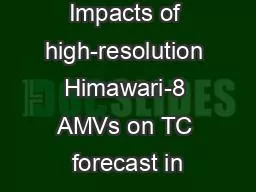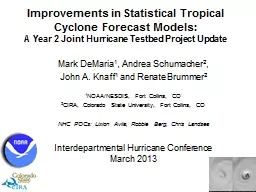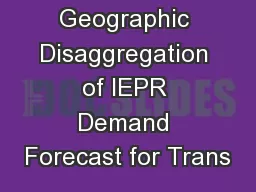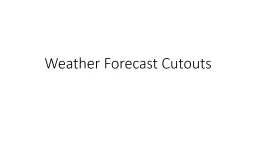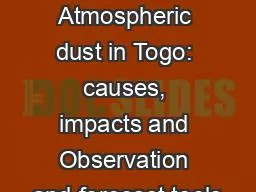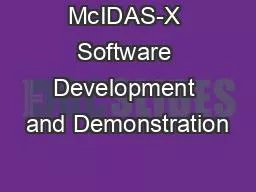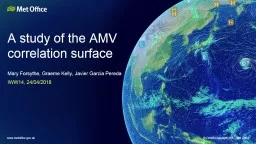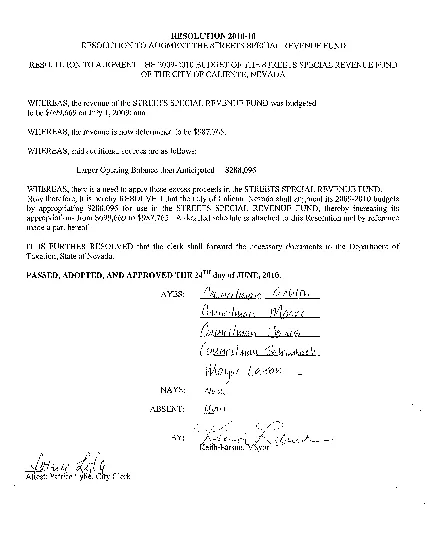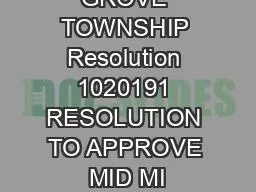PPT-Impacts of high-resolution Himawari-8 AMVs on TC forecast in
Author : hoodrona | Published Date : 2020-08-03
HWRF Masahiro Sawada Dr Visiting Scientist from Meteorological Research Institute JMA Acknowledgements HWRF group at EMC amp DTC contents Background amp Objectives
Presentation Embed Code
Download Presentation
Download Presentation The PPT/PDF document "Impacts of high-resolution Himawari-8 AM..." is the property of its rightful owner. Permission is granted to download and print the materials on this website for personal, non-commercial use only, and to display it on your personal computer provided you do not modify the materials and that you retain all copyright notices contained in the materials. By downloading content from our website, you accept the terms of this agreement.
Impacts of high-resolution Himawari-8 AMVs on TC forecast in: Transcript
Download Rules Of Document
"Impacts of high-resolution Himawari-8 AMVs on TC forecast in"The content belongs to its owner. You may download and print it for personal use, without modification, and keep all copyright notices. By downloading, you agree to these terms.
Related Documents

